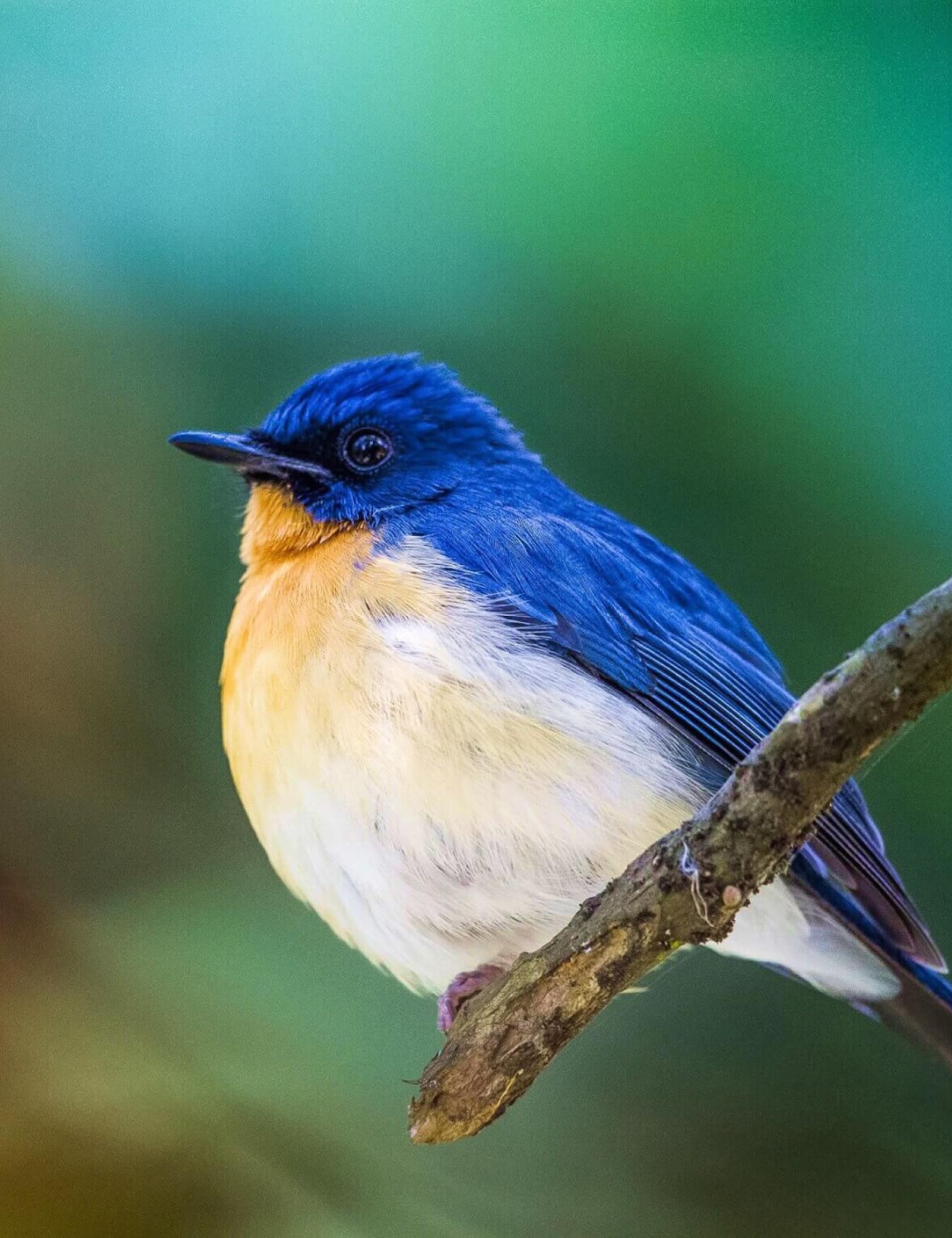Masai Mara
- Kenya
Overview
The 1510 square kilometre Masai Mara National Reserve in south-west Kenya is a beautiful stretch of gently rolling African savannah grasslands that borders Tanzania’s Serengeti National Park to the south.
Masai Mara is a prominent Kenya Safari site in East Africa and a rare wildlife conservation haven known for its stunning natural diversity of species. There are many reasons to visit this animal paradise.
The park is home to numerous lions, cheetahs, elephants, rhinos, African buffalo, wildebeest, giraffes, zebras, and many other creatures that are free to roam in their natural habitat and in large numbers.
Therefore, it should come as no surprise that visitors from all over the world come here to take a Masai Mara Safari tour, especially now that the reserve has been named one of the new Seven Wonders of the World. The word “Masai” derives from the Maasai tribe, who were nomadic residents of the region, and the word “Mara” is their word for “spotted,” which refers to the common flat-topped acacia trees, shrubs, and bushes that are present throughout most of the reserve.

Best Time to Visit
July, August, September, and October
Late June to early October is the finest time to visit the Masai Mara, as this is when the wildebeest migration is at its peak.
Pleasant weather with warm, dry conditions and largely clear, blue skies overhead.
A popular period for safari travel to the Masai Mara due to the ideal weather for animal safaris.
Park Closure
Open: All Year Around
Safari Options: Balloon Safari, Jeep Safari.

Fauna
The wildlife in Masai Mara is considered one of the finest collections of wild animals anywhere in the world. Although the Great Migration and the Big Five may be a big part of why safari travelers visit the Masai Mara, there’s far more wildlife to explore in this region. In addition to the so-called ‘Big Five, the Lion, Elephant, Leopard, Rhino, and Buffalo, the Mara is home to a wide variety of other species of wild animals. The group of wild animals known as the ‘Big Nine’ is made up of the Big Five plus the Giraffe, Cheetah, Hippo, and Zebra.
Flora
The trees and shrubs on the savannah are all thorny, the result of natural selection between the plants and the animals that eat them. There are over 40 species of acacia trees in Kenya. However, popular culture credits the umbrella acacia for the classic image of a tree silhouetted against the setting sun on the African savannah. The vegetation throughout the Masai Mara and its adjacent conservancies (for example Mara North and Naboisho) vary in density and type. Open grassland is more common in the Greater Mara and the Mara Triangle. Entering Naboisho, the land becomes bushier.

How to get there ?
By Air
Related Tour
Price starts from
₹3,48,000
Tour Date
- Aug 25 - 31, 2024 (6N & 7D)
Price starts from
₹2,58,000
Tour Date
- May 04-10, 2024 (Sold Out)
- May 19-25, 2024 (6N 7D)
Price starts from
₹1,98,000
Tour Date
- May 05-10, 2024 (Sold Out)
- May 20-25, 2024 (5N 6D)




